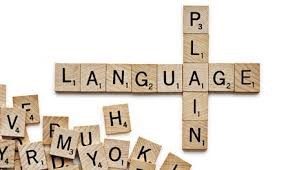Tag: plain language
-

HDI Collaborates with UC Davis MIND Institute
Even dense and difficult information can be written so that everyone can read it. That’s why the MIND Institute at UC Davis reached out to HDI, to teach them more about […]
-

Increase Accessibility with Plain Language
Opportunities to make life more inclusive are everywhere – even something as simple as the language we use can have huge implications for accessibility. One of the most powerful tools […]